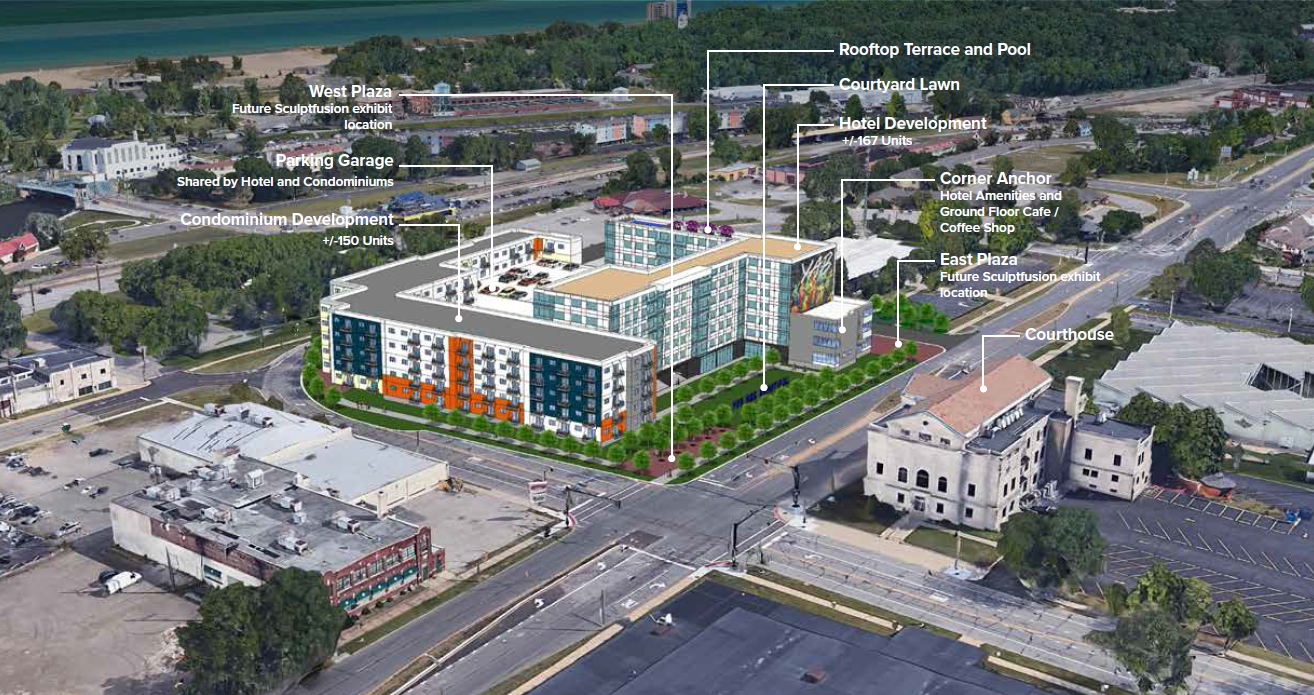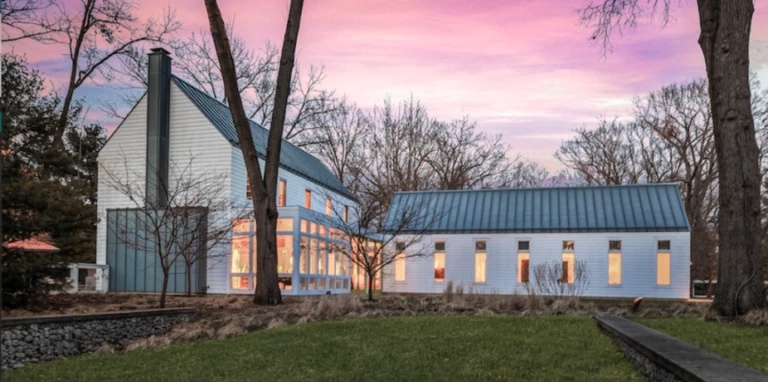Another Step Forward for Proposed Development
Change is arriving in Michigan City, Indiana and it’s arriving along the northeast edge of the city. In what city officials and developers have described as a giant leap forward, the Michigan City Common Council voted informally on a high-density housing project that could reshape the residential nature of the neighborhood. If everything stays on track, well over 200 houses, from townhouses to apartments to single-family homes, are on the books for the community in future years.
The proposed development, a Redstone Group-Sloane Avenue Group joint venture, would take up about 40 acres where Royal Road and Tryon Road meet. It’s unused land but one city planners have looked at as a tract of great promise for mindful residential growth.
A Multi-Phase Vision for the Future
The vision itself is scarcely fly-by-night. As described by partner John Kavchak, voice of the development teams, the build-out would come in three stages, over a span of years. This is no “build it fast and flip it” plan – the developers aim to establish a long-term residential presence, with space to rent and sell to satisfy changing Michigan City housing needs.
Kavchak spoke to the City Council during its recent meeting, stating that all construction phases would be planned with the goal of not taxing infrastructure or neighborhood facilities. The first homes would go on sale in 2026, if sanction is finally granted and development starts according to plan.
The project has already reached one significant milestone: it’s been approved by the Michigan City Plan Commission, which heard the plan out and stated that it meets the city’s vision for development in the area. This week, with preliminary approval by the City Council in hand, everyone is holding their breath for the final go-ahead, which will occur sometime in May.
Filling a Growing Need
This new construction is being received by some as a much-needed response to Michigan City’s increasing demand for housing. Similar to many communities throughout the Midwest, Michigan City has experienced a consistent increase in residents looking for both rental and homeownership options, especially in locations that provide room, quiet, and access to the conveniences of major city living. As more people work from home and city dwellers seek relief from the congestion of large metros, destinations such as Michigan City are becoming more popular.
The mix of housing types from apartments to townhomes to single-family houses is a huge plus. Not only is it providing residents with flexibility by income and age, but it is also attempting to create a more well-rounded, diverse community. Some will be rentals, perhaps attracting young adults and families just beginning, while others will be for sale perfect for those who desire to establish deeper roots.
Zoning Changes and Public Support
Naturally, such progress comes with zoning issues. The City Council’s recent vote actually depended upon a change in zoning to allow this type of mixed-use residential growth on the 40-acre property. Although the first reading passed with a smooth wave and approval by the council, the second and ultimate reading will be the true thumbs-up the developers will be seeking in order to go forward with building.
It must be mentioned that so far the project has been greeted with quite minimal public resistance and this is not invariably the case with projects of this magnitude. That perhaps is at least in part because the developers themselves have been so committed to transparency and to building something that is in accord with the city’s planning vision and with residents’ aspirations. Kavchak emphasized during the meeting that not only are the team members constructing houses but creating a community which becomes more precious and more alive every day.
Potential Economic Impact
There is also an economic aspect to this tale. With additional housing, there could be additional local consumption, more tax revenue, and more people employed not just in the construction itself, but in actual families relocating. The ripple effect of a project like that can be sizeable: new businesses can pop up, old businesses can find more customers, and schools can find more pupils, which is more investment in public infrastructure.
If construction on the site begins this summer, as scheduled, residents would begin to notice the change within months. Although it will take decades to finish all three phases, the possibility of residents walking by new homes in 2026 has already been thrilling.
In the most literal sense, this project is not buildings that rise on a tract of land – it’s a vision for the future of Michigan City. It’s a move toward development that balances tradition and creativity, a mix of housing that’s high-tech and people-centered. The city’s not voting to pass a development – it’s voting on what kind of community it wishes to become.
So what then? The City Council’s final vote in May will be its last. If approved, the developers will proceed with final site plans and prep work necessary to advance the project.
Meanwhile, residents and stakeholders will be keeping their breaths. But with strong early support, quality development team, and well-planned housing scheme, Michigan City appears poised to take literally another giant leap forward.
PIC COURTESY: edcmc.com





